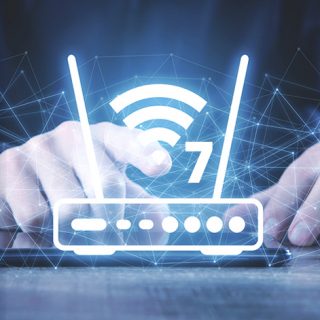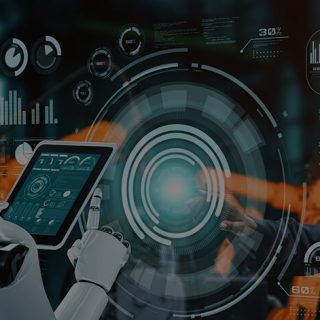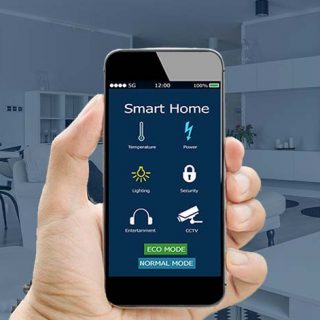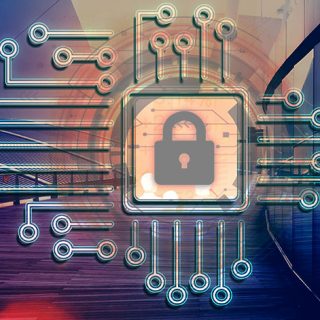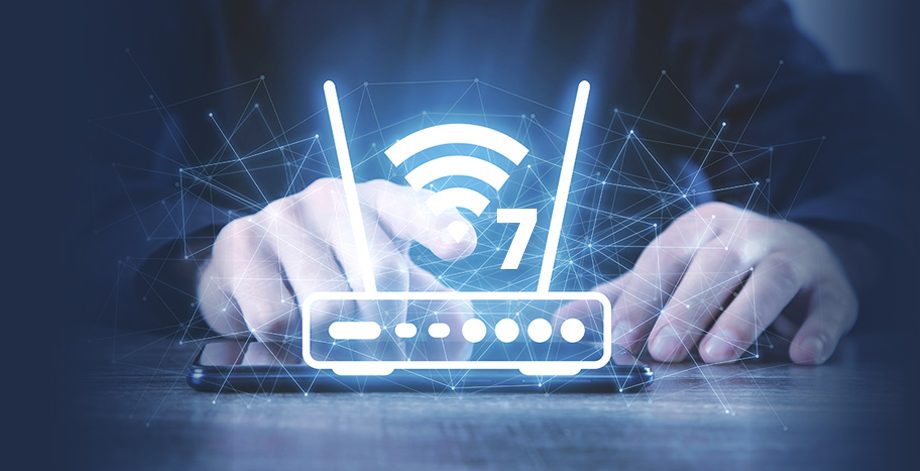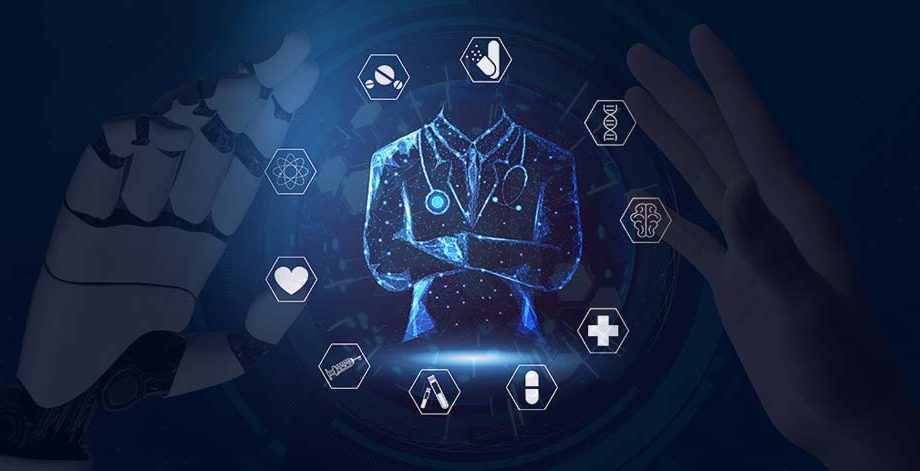The world of ‘Internet of Things’ and its uses across industries are expanding drastically. It is transforming the way human and devices interact with each other, creating market opportunities and enabling change across industries. Continuous enhancements in various technologies make it very difficult for the user to select the best technology for their specific needs. In this blog, we will discourse few Low Power Wide Area Network technologies based on various parameters.
Some broad parameters to opt, the best protocol for long-range communications are following:
- Type of Industry application
- Easy access to technology & hardware availability
- RF band of operation
- Data rate
- Security concerns
- Availability of technology support
- Power consumption
1. LoRa
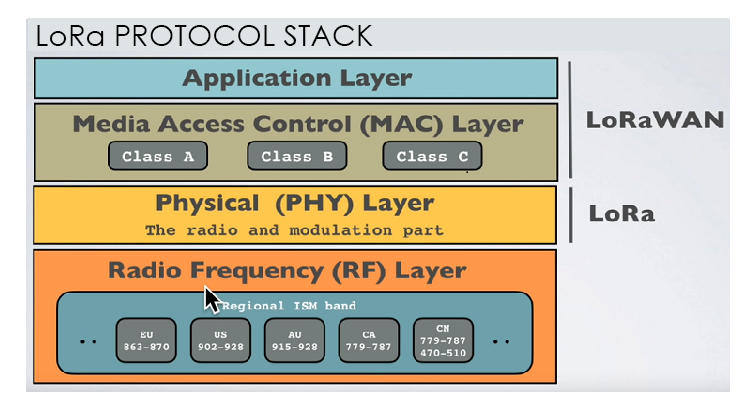
LoRa stands for Long Range Radio and it is a wireless protocol specifically designed for long-range, low-power communications. It mainly targets M2M and IoT networks and developed by Semtech. This technology will enable public or multi-tenant networks to connect the number of applications running on the same network.
LoRa Alliance™ was formed to standardize LPWAN (Low Power Wide Area Networks) for IoT and is a non-profit association that features membership from the number of key market shareholders such as CISCO, Actility, MicroChip, IBM, STMicro, SEMTECH, Orange Mobile and many more. This alliance is key to providing interoperability among multiple nationwide networks.
LoRa devices offer features such as long-range, low power consumption, and secure data transmission for IoT applications. These technologies provide greater range than cellular networks and can be used by public, private or hybrid networks. It can easily plug into existing infrastructure and enables low-cost battery-operated IoT applications.
Applications for LoRa wireless technology include smart metering, inventory tracking, vending machine data and monitoring, automotive industry, and utility applications. These technologies are widely deployed and incorporated with many systems, even the small maker-style computers like Arduino have LoRa options. Accordingly, it is very easy to develop LoRa applications for both large scale manufacture or more specialist applications.
Following are various technical parameter for LoRa:
| Certification | Coverage | Payload | Data Rate (Max) | Frequency Range | Security | Power Consumption |
| Yes | 15 KM | 243 Bytes | < 50 kbps | 125 kHz | AES Encryption | 20 dBm |
2. SigFox
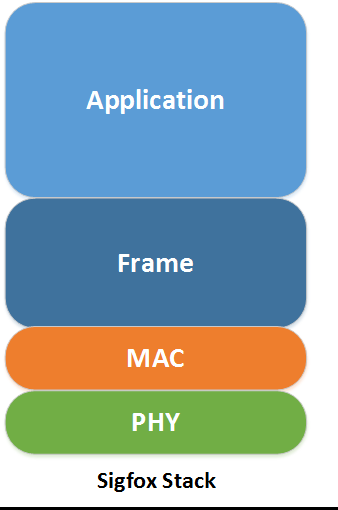
SigFox is a French global network operator, currently deployed in 19 countries, covering 1.2 million km². It operates at 868 or 915 MHz and transmits very small amounts of data very slowly (300 b/s) using binary phase shift keying (BPSK). It can achieve long-range coverage and has general characteristics that make it well suited for any IoT application requiring only small amounts of data.
SigFox sets up antennas on towers (like a cell phone company) and receives data transmissions from devices (like parking sensors or water meters). These transmissions use frequencies that are unlicensed, 915 MHz ISM band in the US; same frequency a cordless phone use.
This technology is suitable for any application which needs to send small, infrequent bursts of data. Things like basic alarm systems, location monitoring, and simple metering are examples of one-way systems. The signal is sent a few times to “ensure”, the message goes across with some limitations, such as shorter battery life for battery-powered applications, and lack of ability to ensure the message is received by the tower.
Following are various technical parameters for SigFox:
| Certification | Coverage | Payload | Data Rate (Max) | Frequency Range | Security | Power Consumption |
| Yes | 13 KM | 12 Bytes | < 100 bps | 868/915 MHz | None | 13.5 dBm |
3. LTE-M
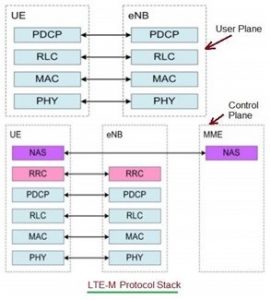
LTE-M is a low-power wide-area network (LPWAN) radio technology standard developed by 3GPP release, 13 standard which defines narrowband IoT (NB-IoT or LTE Cat NB1). LTE-M leverages lower-cost modules, enables extended battery life, provides better signal penetration, and has the ability to use existing infrastructure.
With uplink and downlink speeds of 375 kb/s in half-duplex mode, Cat M1 supports IoT applications with low to medium data rate needs. At the same speed, LTE Cat M1 can deliver remote firmware updates over‑the‑air (FOTA) within a feasible time period. This creates the best possible IoT connectivity solution for security, scaling, and cost.
It has a narrow bandwidth of 1.4 MHz compared to 20 MHz for regular LTE, giving a longer range. Using the same cell handover features as in regular LTE, mobility is fully supported. It is possible to roam with LTE-M, as it is suitable for applications that can be operated across multiple regions. The latency is in the millisecond range offering real-time communication for time-critical applications. Battery life is up to 10 years, on a single charge with low-cost maintenance, even when end devices not be connected directly to the power grid.
Smart Building, Smart Cities, Automotive and Transportation, Connected Health, Smart Metering are the key application of LTE -M.
Following are various technical parameters for LTE-M:
| Certification | Coverage | Payload | Data Rate (Max) | Frequency Range | Security | Power Consumption |
| Yes | 11 KM | 1000 Bytes | < 1 Mbps | 20 MHz | AES Encryption | 23 dBm |
This discourse on various IoT Protocols will be helpful in selecting the best protocols for long-range communication but due to its dependence on multiple aspects, deciding on the selection of long-range communication wireless technology for your application can still be challenging. VOLANSYS’ team, with its proven expertise and more than a decade of experience in designing low power IoT products, can help you simplify your IoT product development journey. If you are planning to build an IoT solution looking for an expert partner who can help you with end to end product development, reach out to [email protected].
About VOLANSYS
VOLANSYS Technologies is one of the leading one-stop solution providers in complex IoT solution areas – offering Concept Design to Electronics Manufacturing Services for such innovative solutions. Overall, VOLANSYS offers a great strategic advantage as VOLANSYS has served many of the leading solution providers in the same segment at various regions in the United States. Many large enterprises have leveraged VOLANSYS’ ready to use OEM platforms to achieve a faster time to market and reduce upfront investment cost on development. VOLANSYS’ long term partnership with the industry’s leading cloud partners, silicon partners and manufacturing partners will make your solution most competitive and affordable for your customers. Read the case study to know more.
Note: The content of this blog is based on the personal knowledge of any research work done by any individuals. There are figures and images used in this blog that are used from websites such as LoRa, SEMTECH, u-blox. Figures are kept with the best of our knowledge and not to mislead by any manner

About the Author: Priyanka Purbe
Priyanka has a very rich experience of around 5+ years in the Firmware development. Currently, she is working with VOLANSYS as a senior engineer. Her expertise is in firmware development and solutions.
